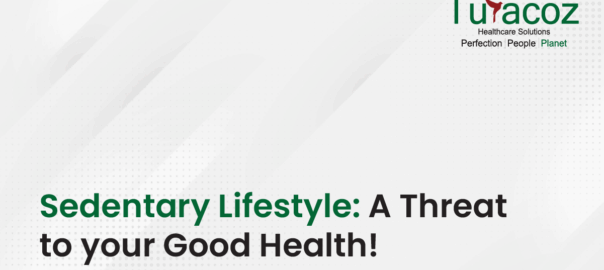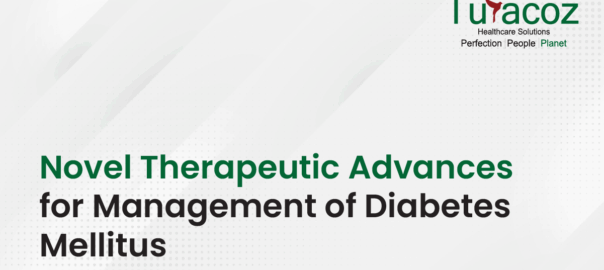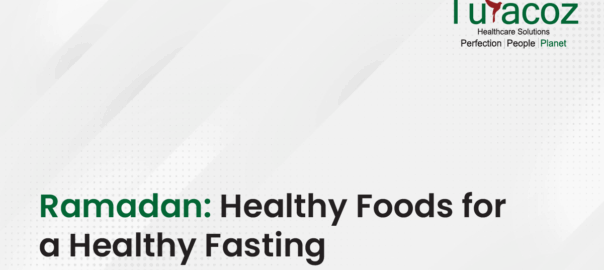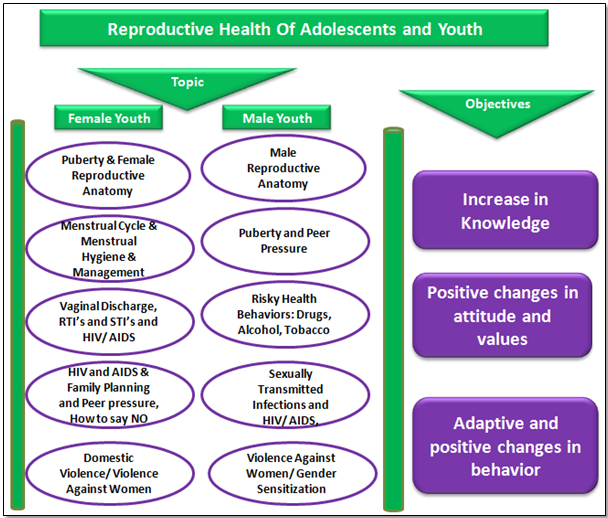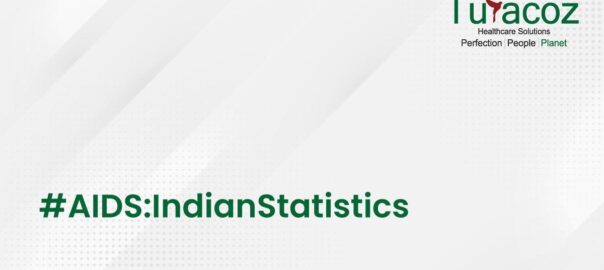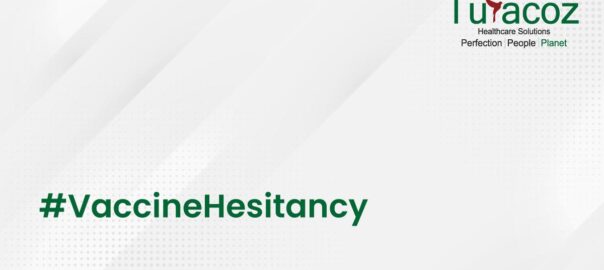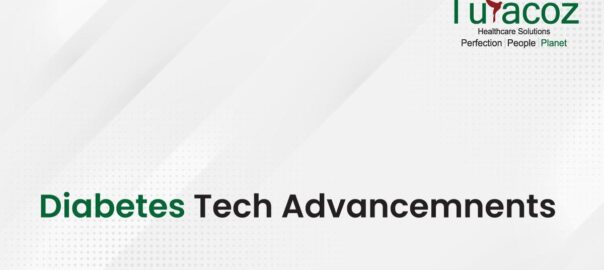Humans were designed to move around and stay physically active. However, over the period of time, we evolved technologically and the levels of our physical activity steeply declined. Our environment at work, schools, homes, and public places were gradually engineered in such a way which restricted our daily physical activity and compelled us to assume a non-exercising behaviour. Steadily, we adapted the non-exercising behaviour in our lifestyle and became sedentary or negligibly active.Parallel with this major change in our lifestyle, several pieces of evidence emerged which identified sedentary behaviour as a novel risk factor for cardiometabolic diseases and all-cause mortality. Studies showed that the mediocrity begins the precise moment when we swap activity with sedentary behaviour. Therefore, it is important to understand the health risks associated with sedentary lifestyle and take timely action.
What is a sedentary lifestyle?
A sedentary lifestyle can be defined as sitting, lying down, and expending very little energy (approximately 1.0-1.5 metabolic equivalents [METs]) in a day. Due to limited physical activity and associated health risks, asedentary lifestyle is also termed as a “sitting disease”.
Who is expected to have a sedentary lifestyle?
With changing nature of our work and leisure activities, an average adult is likely to spend more than 70% of the waking time in a day being sedentary or minimally active. The levels of inactivity tend to increase with growing age, and women are more prone to inactive lifestyle as compared to men. However, recent trends have shown a surge in sedentary behaviour among children.
Health risks associated with sedentary lifestyle
Lack of physical activity has clearly been shown to be a risk factor for several physical, mental and psychological disorders. Individuals having a sedentary lifestyle are at greater risk of having cardiovascular diseases, hypertension, pulmonary embolism, diabetes, and obesity. Increased adiposity (excessive weight gain) due to sedentary lifestyle also increases the risk of certain cancers like endometrial cancer, colon cancer and breast cancer. Additionally, non-exercising behaviour also results in several bone and muscle disorders like osteoporosis, back or neck pain, and muscle degeneration. An overall poor health of a sedentary individual is later accountable for developing psychological stress, depression and anxiety disorders. Worrisome is the fact that lack of physical activity and its associated conditions account for about 3.2 million deaths a year across the globe.
Tips to overcome sedentary lifestyle
Sedentary lifestyle can be easily avoided by making few smart choices at work and leisure, such as:
- Go NEAT (non-exercise activity thermogenesis), i.e. set an alarm after each couple of hours which reminds you to stand up and go on your feet. This can include simple stretching, taking a walk around the office, or a 10-minute brisk walk. It is an ideal option for those who can’t manage to go to the gym after work.
- Walk n Work:Schedule walking meetings with your team, walk while having a telephonic conversation, pick up your lunch instead of ordering delivery, walk to the market for picking up daily grocery, and take stairs instead of elevator whenever permissible.
- Rearrange the workplace: Install treadmills or stationary cycles to encourage physical activity at work, schedule regular exercise sessions at workplace for your team, and relocate water coolers and trash cans so that people have to move from their workplace to use them.
- Commute differently:If possible, try to commute with public transport or use cycle instead of personal vehicles.
- Exercise:Try to engage yourself in a physical activity, exercise or sport of your choice. Make sure you spend at least a day each week exercising.
Being physically active is necessary for having a physical and mental well-being. A sedentary lifestyle is a root cause for most of the modern day diseases and it can be easily avoided by making healthy choices for you and your family. Turacoz Healthcare Solutions always tries to encourage its employees and everyone to exercise daily and lead a physically active, healthy life.
Physical activity should be adopted as a behaviour in daily life, and one should remember to ‘get up and move’!

